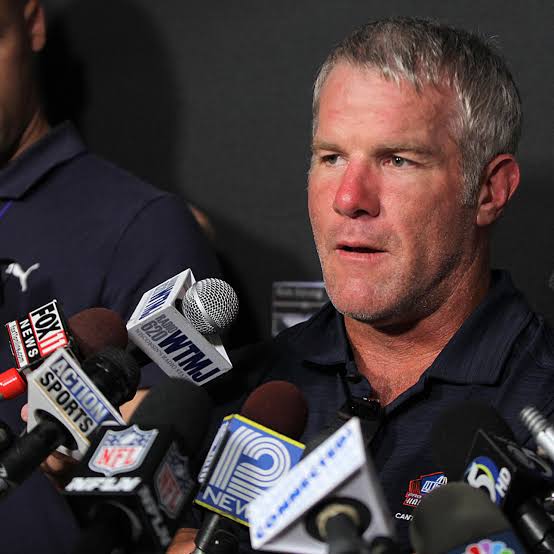

How The Green Bay Packers Created A Model For Success in the Modern NFL
The NFL is a league with a high turnover rate. It is challenging to maintain continuity in the front office while also developing good lineups on an annual basis. The Green Bay Packers are unique and have set a standard for success in the NFL.
The Green Bay Packers established a successful model for the modern NFL by creating a quarterback factory.
Ron Wolf can be credited for Green Bay’s recent success by creating a model for producing quarterbacks. Wolf oversaw a Packers club in the 1990s that made the risky move of trading for Brett Favre. Favre, the Atlanta Falcons’ second-round pick in the 1991 NFL Draft, was a divisive prospect. Wolf, on the other hand, desired Favre and made the decision to sign him before the 1992 season began. The rest is history for the Packers franchise, but that belief in a quarterback helped lay the groundwork for success in Green Bay. Even with Favre, the organization valued quarterback depth. Wolf has drafted numerous players, including Matt Hassleback, Mark Brunnell, and Aaron Brooks.
The Packers famously selected Aaron Rodgers in the 2005 NFL draft. Favre had led the Packers to double-digit victories for four years in a row, so the pick came as a surprise. While Wolf did not choose Rodgers, his fingerprints were all over the business for years to come. History repeated itself in 2020, when Green Bay selected Jordan Love in the first round of the NFL Draft. Again, the selection was studied and came as a surprise. Again, the decision paid off.
Teams like the Kansas City Chiefs and Atlanta Falcons have recently adopted this strategy, but not without repercussions. In the NFL, a locker room can be a volatile environment, and causing division among players about who should start can be detrimental to the team. But the NFL is a business, and winning drives ticket sales. The Chiefs brass would most certainly choose to trade up for Patrick Mahomes a hundred times over. Atlanta mentioned Green Bay’s success as a factor in their choice to draft Penix. Scouting quarterbacks is an imprecise science. Finding the proper one requires conviction, and there is no established formula. Teams wait decades to find their franchise quarterback, but they never do. A team that does not take a chance in the draft may miss out on the next stage in discovering a great quarterback.
Supporting a Young Quarterback with Young Weapons.
With Love entering his first full season as a starter in 2023, the Packers focused heavily on adding weapons through the draft. While some would argue that they did not place enough attention on the position while Rodgers was the starter, the approach is reasonable. When Rodgers took over, the squad possessed a mix of young and seasoned receivers. However, the Packers used many second-round picks on receivers during Rodgers’ first few seasons as a starter. For Love, the plan was to surround him with fresh talent via the draft. Early results on players such as Romeo Doubbs, Jayden Reed, Christian Watson, Luke Musgrave, and Tucker Kraft appear promising.
By forming a core around Love now, the squad can maximize their window for contention.
The New England Patriots followed a similar tactic for the 2024 NFL Draft. With Jacoby Brissett as the starter, the organization can groom rookie Drake Maye before handing him the keys to the franchise. Following Maye’s selection, the Patriots added a bunch of young receivers to their draft class. Coincidentally, the man with sway in the draft room is Ron Wolf’s son. During his tenure in Green Bay, Eliot Wolf witnessed firsthand the benefits of a sound team-building strategy and brought that idea to New England. Coming into the 2024 NFL season, the Patriots appear to have made significant offensive improvements, thanks in large part to Wolf. More teams may begin to follow in the footsteps of the Green Bay Packers, who built a successful model for the modern NFL.

Leave a Reply